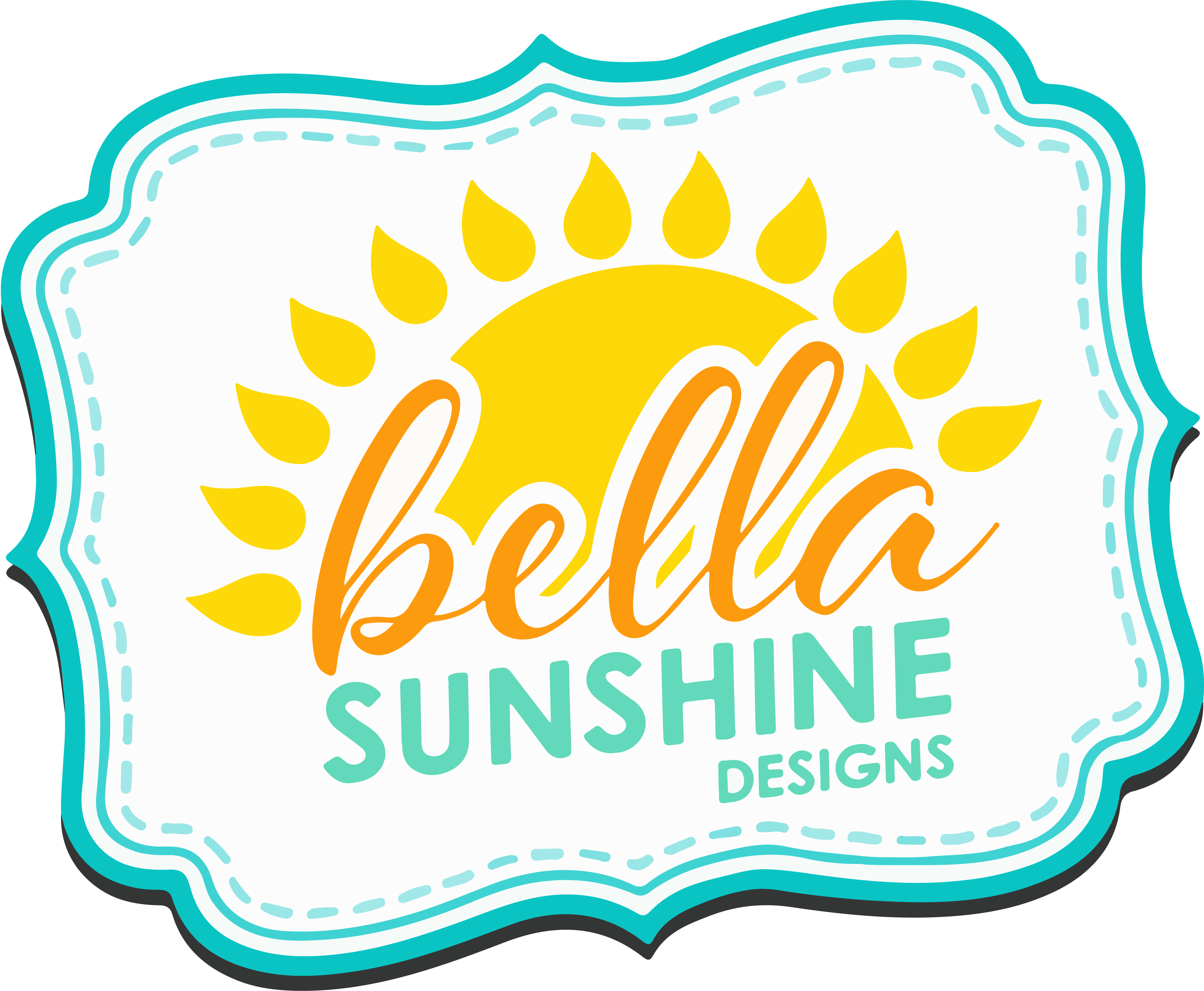
Convert An Elastic Waist Pattern To A Knit Waistband
First thing's first, what do we need to make this work?Supplies:

You will need:
your pants sans a waistband
a knit fabric with really good stretch and recovery (I'd recommend a minimum stretch of 75%)
lots of pins
measuring and cutting tools
your sewing machine
Before we start
Before we go too far there is one other crucial piece of information we need. A waist measurement for the intended wearer of these pants. So, grab your measuring tape and grab that. You'll want to measure at the waist where the wearer bends or approximately 2 fingers above the belly button.
Since these pants are for my daughter, I measured her. Her waist is 21.5 inches. With this information and your supplies in hand, we're ready to get started! (I apologize for the slightly blurry pic here... she was a wiggle monster today!)
Let's Do The Thing!
First, take that waist measurement and subtract 2-3 inches. This will be the band length. It will ensure that the band is snug enough to keep the pants up, but not too tight so as to cut into the body and cause discomfort. Now, we need a waistband height.If the pants you have sewn includes a separate waistband piece, you can use the height of that piece.
However, if it's a case of folding to create a casing, you'll need to alter your pant pieces before you sew them. Let's say the pants include instructions to fold the waist by 1/4" and then by another 1" to create a casing. You will need to remove 2 1/4" plus a seam allowance (I generally do this at about 1/2") from the top of your pant pieces. So, in my example, I would cut 2 3/4" from the top of my pieces in order to add a knit waistband.
In my case, I had a waistband piece that measured about 3" tall. So I cut my knit waistband piece at 19" long by 3" tall. (My fabric is folded in the picture.)

Once you have that piece, fold it in half to match the short ends with right sides together and sew that short end.

With that done, You'll want to fold your finished loop in half again, this time lining up the long ends with the wrong sides together, creating your waistband. Then, stick a pin through the seam and use that as a starting point to quarter your knit waistband.
Follow suit with the waist of the pants, quartering the waist opening so that you can attach the waistband evenly.

Now the REAL fun begins!
Starting with the center back of both pieces, match up the pins and pin the pants and waistband together, matching raw edges with the waistband on the outside (right side) of the pants. I matched up each of the four pins first and then stretched and pinned more between them. This is why you want a knit with a good stretch ratio. For most elastic-waisted pant patterns, there will be quite a bit of difference between the waist measurement of the pants and the waistband measurement that you created. So, stretch it good, stretch it evenly, and use LOTS of pins!
There will be a LOT of excess fabric on the pant side, but I promise this will all work out! Its time to take this all to the machine.
Beginning right over one of the pins (I chose to start at the center back here too), stitch your pants and waistband together, making sure you stretch everything flat as you go. The more careful you are, the better.

With that done, finish the edges (the woven fabric kinda demands this step) and flip the seam to the inside. Then you can run a topstitch just below that seam to make sure it all stays where it belongs! This step isn't strictly necessary, but it is something I typically tend to do. I like the look, personally.

Then that's it! You're done! You have a beautiful pair of woven pants with a comfy knit waistband! That wasn't so bad now, was it?

Keep a lookout for a new pattern coming SOON from Bella Sunshine that you can use to complete this tutorial yourself! And please, share your creations from our patterns and blog tutorials with us in our Facebook community... because we wouldn't be anything without our fans!
